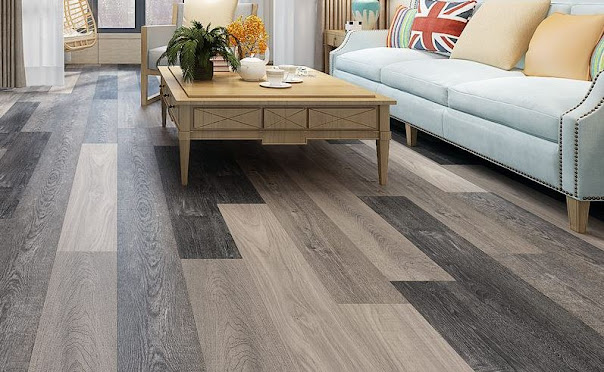How Self-Leveling Concrete Is An Easy-To-Apply Hard Floor Solution That Can Be Used As A Subfloor Or Standalone Option?
If you're looking for an easy-to-apply hard floor solution, self-leveling concrete could be just what you need. Using it as a subfloor or standalone option, this blend of cement and acrylic polymer will give you a smooth, consistent surface that doesn't need extra water.
Low Water Ratio And Is Less Prone To Overwatering
Leveling is a crucial step before any flooring project, so it's important to choose the right product for the job. Luckily, there are a few options to choose from, so you can find the best one for your project.
This brand of Floor Self Leveling compound is excellent for getting a flat and smooth surface on uneven internal floors. It's easy to use and produces a smooth finish that is more uniform than other concrete levelers.
It's also a great choice for those who are dealing with concrete with high levels of porosity. Its low water ratio, which makes it less prone to overwatering, is another plus.
Gauge Rake Helps Spread Evenly In Single Pass
Mixing is very important for any floor leveling products, and this is especially true with self-levelers. Most manufacturers recommend mixing the product for two to three minutes at a minimum of 650 RPMs with an electric mixer and egg beater-style mixing paddle. This will ensure that the product is mixed thoroughly and flows smoothly.
Depending on the product, you can expect the product to set up in about 20 minutes or so and be ready for tile placement. However, temperature and the time it takes for each individual batch of self-leveling to dry will also affect your working time.
Some brands of Floor Self Leveling Dubai can be poured in one pass, but others require more application. If you have an electric mixer, use it to mix the self-leveling before pouring to achieve a smooth liquid.
Can Be Applied Over Most Finished Floors
A gauge rake is an effective tool for spreading the self-leveling compound. It rides on adjustable depth guides and spreads the leveler evenly in a single pass, which helps to prevent thick spots that need to be filled with filler later. It's not essential, but it does help to make sure that the leveler goes down the entire length of a room in one application.
Keep in mind that the self-leveling will start to dry and set up on its own schedule, so if you are planning to pour multiple batches of it, move the buckets around as you work, rather than holding them over the edge of your first batch. This will allow you to avoid the problem of the next batch being two minutes behind your first.
You can apply this self-leveling underlayment over most finished floors, including carpet, hardwood, laminates, and vinyls. You can even apply it over vapor barriers, and it will protect them from moisture damage.
Conclusion:
If you're planning to install tile, consider choosing a self-leveling that is compatible with tile adhesives. This type of underlayment is usually thinner than a traditional self-leveling, so it will flow more easily under tile. It's a good idea to use a primer before you pour the self-leveling underlayment, so that it can bond with the concrete. The primer will also speed up the drying process and eliminate unpleasant smells.




Comments
Post a Comment